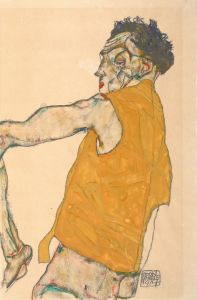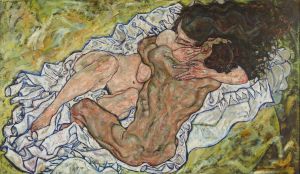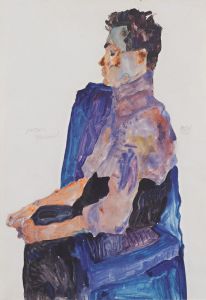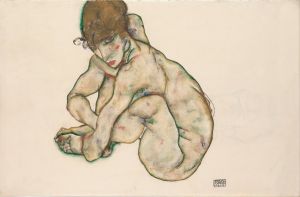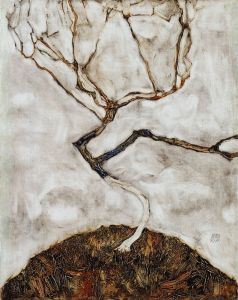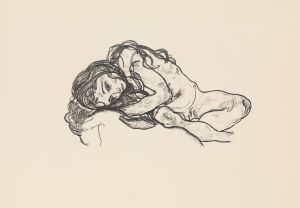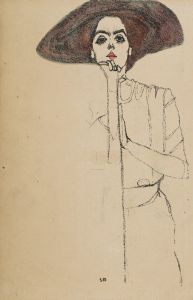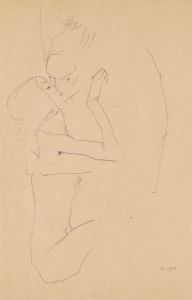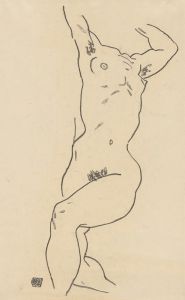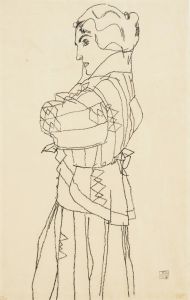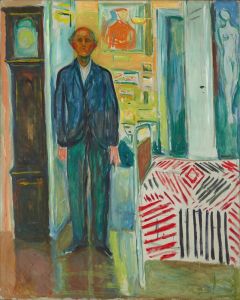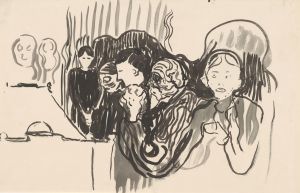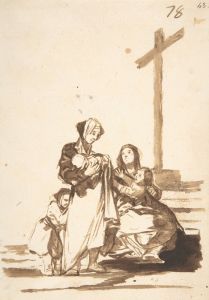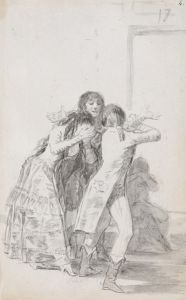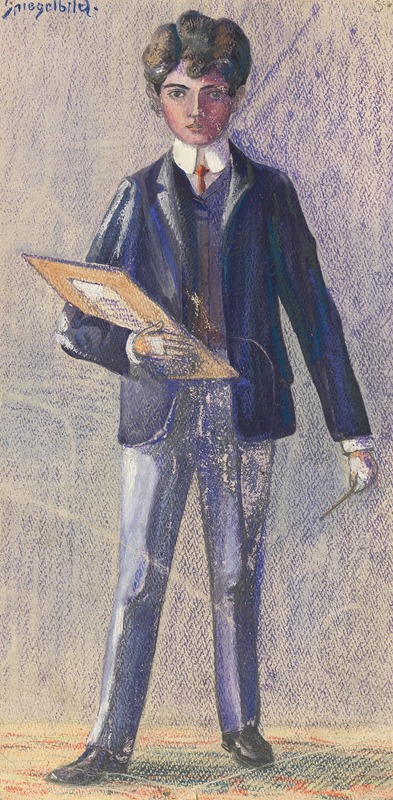
Spiegelbild
A hand-painted replica of Egon Schiele’s masterpiece Spiegelbild, meticulously crafted by professional artists to capture the true essence of the original. Each piece is created with museum-quality canvas and rare mineral pigments, carefully painted by experienced artists with delicate brushstrokes and rich, layered colors to perfectly recreate the texture of the original artwork. Unlike machine-printed reproductions, this hand-painted version brings the painting to life, infused with the artist’s emotions and skill in every stroke. Whether for personal collection or home decoration, it instantly elevates the artistic atmosphere of any space.
Egon Schiele was an Austrian painter known for his distinctive style and significant contribution to the early 20th-century art movement known as Expressionism. His works are characterized by their intensity, raw emotion, and often provocative subject matter. Schiele's art frequently explores themes of sexuality, death, and the human form, often depicted in a stark and unflinching manner.
"Spiegelbild" is one of Schiele's works, though specific details about this particular piece are not extensively documented in art historical records. Schiele's oeuvre includes numerous self-portraits and portraits, which often serve as a mirror to his own psychological state and the broader existential themes he grappled with. The term "Spiegelbild" translates to "mirror image" in English, suggesting that the work might involve themes of reflection, identity, or self-examination, which are recurrent motifs in Schiele's art.
Schiele was born in 1890 in Tulln, Austria, and showed an early interest in drawing. He studied at the Academy of Fine Arts in Vienna, where he was influenced by Gustav Klimt, a leading figure of the Vienna Secession movement. Klimt's mentorship and the Secessionist emphasis on breaking away from traditional artistic norms had a profound impact on Schiele's development as an artist.
Throughout his career, Schiele's work was marked by a bold use of line and a unique approach to composition. His figures are often elongated and distorted, conveying a sense of tension and emotional depth. This stylistic approach can be seen as a reflection of the broader Expressionist movement, which sought to convey subjective emotions and experiences rather than objective reality.
Schiele's career was relatively short, as he died at the age of 28 in 1918, a victim of the Spanish flu pandemic. Despite his brief life, he produced a substantial body of work, including paintings, drawings, and prints. His art was often controversial due to its explicit content and unorthodox style, leading to both acclaim and criticism during his lifetime.
The legacy of Egon Schiele is significant, as his work has continued to influence artists and captivate audiences long after his death. His exploration of the human condition, conveyed through his distinctive artistic style, has secured his place as a pivotal figure in the history of modern art.
While specific information about "Spiegelbild" is limited, it can be appreciated within the broader context of Schiele's artistic exploration of identity, self-reflection, and the human psyche. His ability to convey complex emotions and challenge societal norms through his art remains a testament to his enduring impact on the art world.





